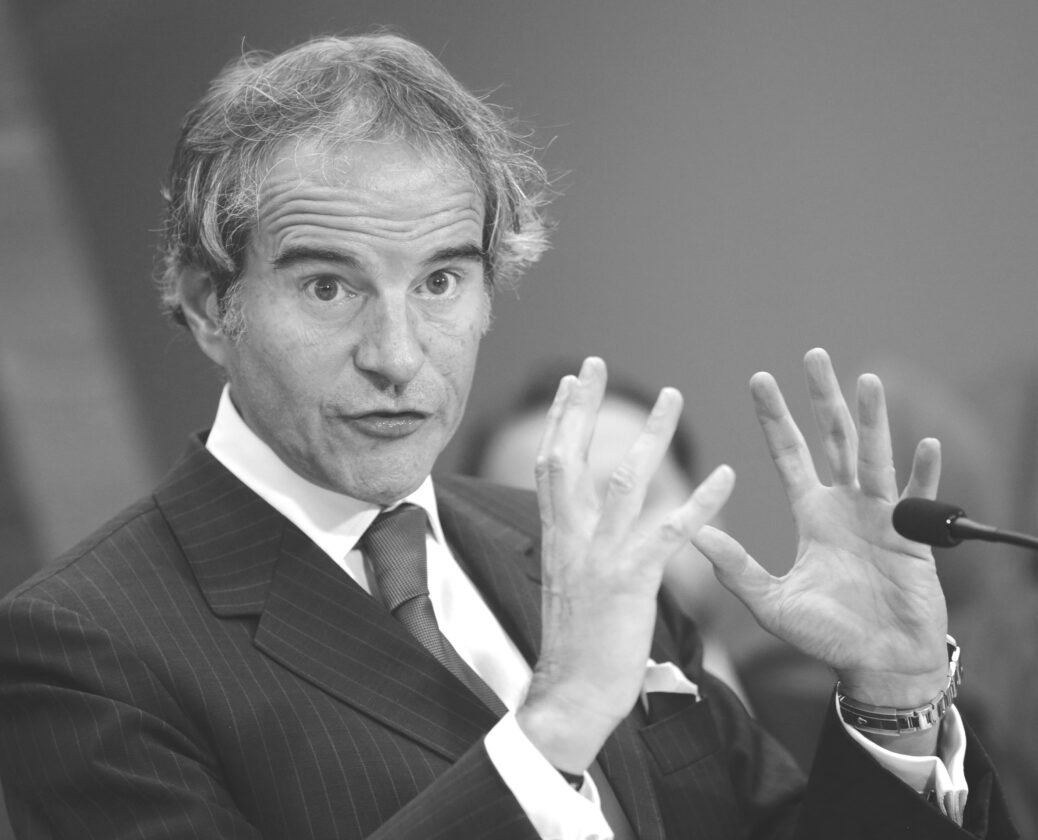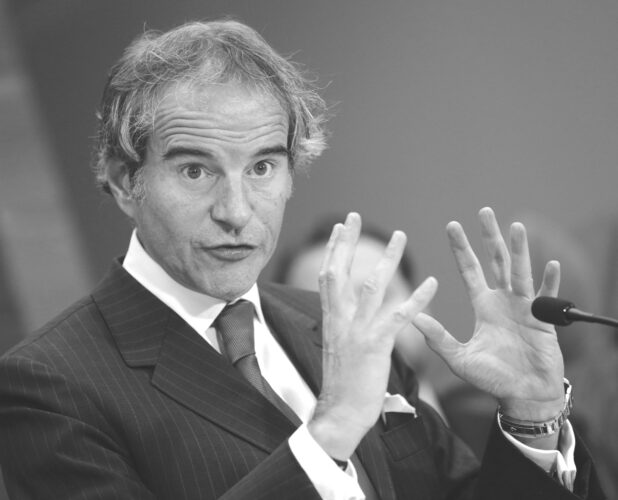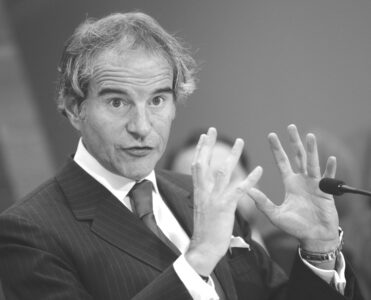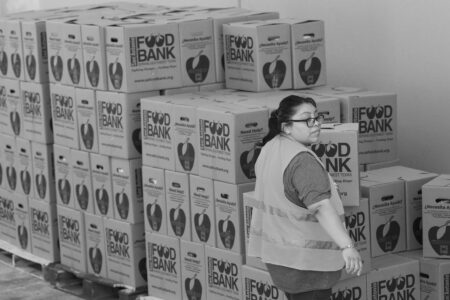UN rep: Iran active around nuke sites

International Atomic Energy Agency Director General Rafael Grossi addresses the media after arriving at the Vienna International Airport in Schwechat, Austria, on May 7, 2024. (AP file photo)
UNITED NATIONS  — Iran does not appear to be actively enriching uranium, but renewed movement has been detected recently at the country’s nuclear sites, the head of the U.N. nuclear watchdog told The Associated Press on Wednesday.
— Iran does not appear to be actively enriching uranium, but renewed movement has been detected recently at the country’s nuclear sites, the head of the U.N. nuclear watchdog told The Associated Press on Wednesday.
Rafael Mariano Grossi, director general of the International Atomic Energy Agency, said inspectors have been unable to fully access the sites, but have not seen any activity via satellite to indicate that the Islamic Republic has accelerated its production of uranium enriched beyond what it had compiled before the 12-day war with Israel in June.
“However, the nuclear material enriched at 60% is still in Iran,” Grossi said in an interview at the U.N. headquarters in New York. “And this is one of the points we are discussing because we need to go back there and to confirm that the material is there and it’s not being diverted to any other use.” He added, “This is very, very important.”
Grossi said, however, that inspectors have seen movement around the sites where the stockpiles are stored. Without additional access, the U.N. has had to rely on satellite imagery, which can only show so much, he said.
That stockpile could allow Iran to build as many as 10 nuclear bombs, should it decide to weaponize its program, Grossi warned. He added that it doesn’t mean that Iran has such a weapon.
Iran long has insisted its program is peaceful, but the U.N. nuclear agency and Western nations say Tehran had an organized atomic bomb program until 2003.
The Iranian mission to the United Nations did not immediately return a request for comment.
Iran and the IAEA signed an agreement last month in Cairo to pave the way for resuming cooperation, including on ways of relaunching inspections of Iran’s nuclear facilities, that has yet to be implemented. The agreement came after Iranian officials suspended all cooperation with the IAEA after the war with Israel in which the U.S. struck several Iranian nuclear sites.
After the U.S. intervened, Republican President Donald Trump expressed certainty that the strikes delivered a knockout blow to Iran’s nuclear program, saying the country’s facilities were “obliterated.”
Soon afterward, a preliminary U.S. intelligence report suggested that U.S. strikes did significant damage to Iran’s Fordo, Natanz and Isfahan sites but did not destroy them.
CIA Director John Ratcliffe later told skeptical U.S. lawmakers that American military strikes destroyed Iran’s lone metal conversion facility, a setback to the nuclear program that would take years to overcome, and that the intelligence community assessed that the vast majority of Iran’s amassed enriched uranium most likely remains buried under the rubble at Isfahan and Fordo.



